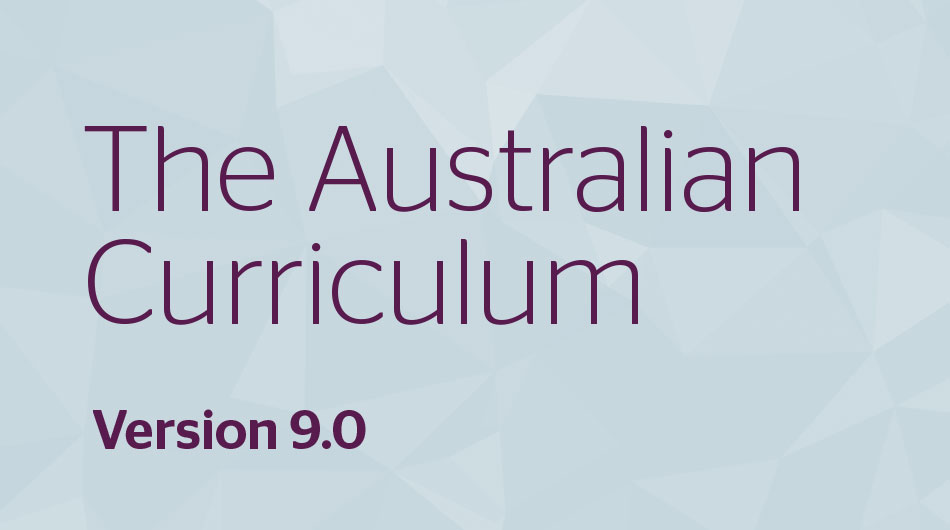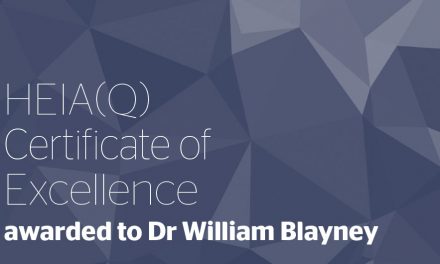Recently, the Australian Curriculum, Assessment and Reporting Authority (ACARA) released its highly anticipated Version 9.0 of the Australian Curriculum. The revised curriculum comes after extensive consultation and feedback from professional associations, educators and the general public. As with all curriculum evolutions, the revised curriculum provides an apt opportunity for us to critically evaluate the effectiveness of our current programs and how they align with curriculum, school and stakeholder priorities.
Version 9 of the Australian Curriculum can be viewed on ACARA’s dedicated Version 9.0 interactive Australian Curriculum website, available at https://v9.australiancurriculum.edu.au/. The interactive nature of the website supports users to understand the intent of each learning area as well as the intricacies of the curriculum. For example, when exploring the Technologies curriculum, users are prompted to view the ‘Understand Technologies’ page which provides valuable information about the curriculum intent and its key considerations and connections, graphical representations of the underpinning core concepts (Figure 1), and descriptions of the core concepts (Figure 2).
When exploring the curriculum, the interactive nature of the website allows users to click on elements to gain further clarity and/or make connections. For example, when an element of the Achievement Standard is clicked, the website will make connections to the relevant content descriptions (Figure 3).
Definitions are also provided for content descriptor key terminology by hovering over highlighted words, providing clarity regarding curriculum intent (Figure 4).

Figure 1. Overview of Technologies’ Core Concepts

Figure 2. Descriptions of core concepts

Figure 3. Interactive links between, for example, an aspect of the achievement standard and the content descriptions

Figure 4. Interactive definitions of key terminology
Below each content descriptor, interactive symbols are used to identify General Capabilities and Cross-Curriculum Priorities, whilst Elaborations provide optional suggestions of ways to teach the content descriptors, and Related Content provides clear connections to content descriptors from other learning areas. This is particularly useful for those wishing to make connections to other learning areas, with links between Technologies and Health and Physical Education the most useful for home economics educators.
Whilst at a cursory glance it may seem like not much has changed, it is important that the revised curriculum is thoroughly analysed to identify nuanced changes that may influence the direction of future learning programs. For example, when unpacking the Year 7–8 band for Design and Technologies, it is prudent to note the following changes and clarifications:
- Students are expected to have had the opportunity to create at least three types of designed solutions (product, service and environment) by the end of Year 8. This is not a change; rather, it is clearly emphasised that this is the intent of learning in Technologies. It is not appropriate for students to be solely focused on designing products; opportunities need to be provided to analyse and design services and environments as well. This not only provides scope for the students to achieve the curriculum intent, but also encourages more innovative solutions that challenge the traditional food and textile product perceptions of the learning area.
- Students are expected to have addressed each of the four technologies context by the end of Year 8. This includes engineering principles and systems, food and fibre production, food specialisations, and materials and technologies specialisations. Whilst the previous curriculum alluded to this, Version 9.0 clearly identifies that all four contexts must be addressed across Year 7 – 8. This may prove an exciting challenge for schools who currently focus on some, but not all, technologies contexts.
- Changes to the cognitive verbs can be seen, particularly in the Knowledge and Understanding content descriptors. For example, many of the ‘explain’ cognitions have been replaced with ‘analyse’. In the Processes and Production Skills, a significant change is that students are no longer expected to evaluate needs or opportunities; instead, they are to analyse needs and opportunities. This is an effective change that supports students to better explore design problems and builds stronger synergy to curriculum requirements of the Design and Food and Nutrition senior syllabi in Queensland.
- Across Years 7–8, students are now expected to collaboratively develop design criteria.
- There is a stronger focus on enterprise skills across the Design and Technologies curriculum, something that was alluded to but not emphasised in past versions.
- Iteration now features as a key priority in the Generating and Designing content elaboration. Whilst this was implied in the previous iterations of the curriculum, in Version 9.0 it is now very clear that this is the intent of the design process. This change will have considerable implications for how we engage students in developing ideas and designed solutions. Learning and assessment opportunities need to be strategically planned to balance the development of specific knowledge, understanding and skills whilst also providing sufficient scope for students to authentically iterate, test and refine ideas.
Whilst the list above is not extensive and by no means identifies all changes, it is indicative of the calibre of changes to be aware of when engaging with Version 9.0.
As we move closer to implementing the revised curriculum, it is time to start reviewing our current programs and looking for gaps and opportunities to make improvements that align with Version 9.0. To support this, QCAA is currently in the process of developing resources to support the transition to the revised curriculum. HEIA(Q) too will be organising professional learning opportunities to support teachers to understand and implement the curriculum from a Home Economics context.
Essential to our successful implementation of Version 9.0 is reframing our understanding of home economics education in today’s education climate. Whilst we have a revised curriculum to grapple with, from discussions with teachers around Queensland, it seems that our most significant obstacle is the perception of Home Economics in schools and the wider community. It is vital that we acknowledge that at times, this perception is exacerbated by our learning and assessment decisions at a school level. Are our programs reflective of an innovative and iterative problem-solving curriculum that facilitates student agency and enterprise across technologies contexts, or are programs focused solely on developing food and textiles knowledge and skills in a linear learning structure? The revised curriculum provides us with an opportunity to critically examine and refine our practices to reflect curriculum priorities and stakeholder dynamics, a crucial step in revitalising learning across Home Economics subject disciplines.
Rosemarie Sciacca
Moreton Bay College





